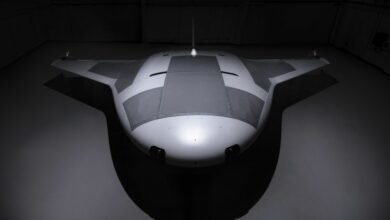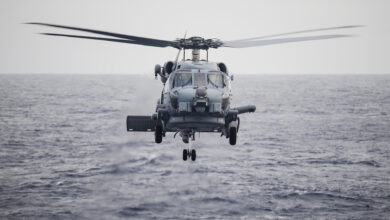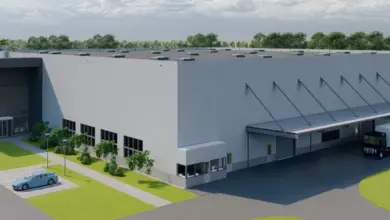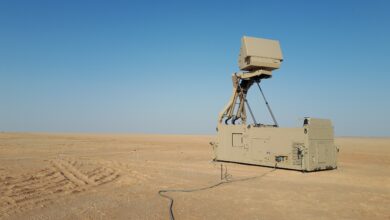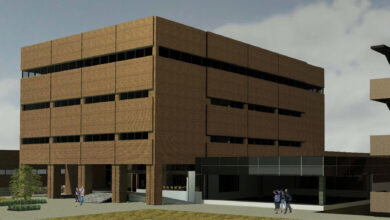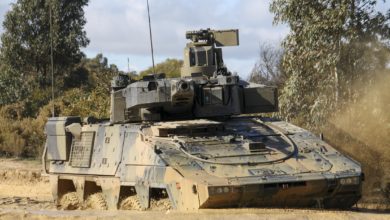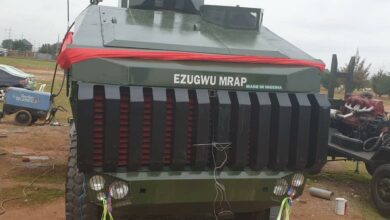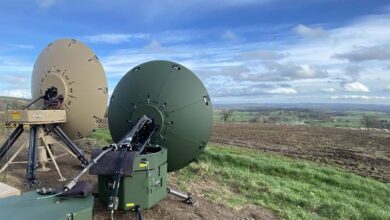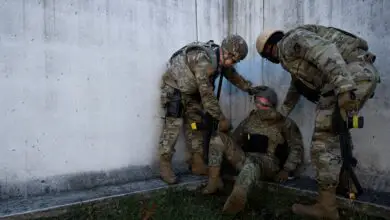DARPA Program to Improve Hull Performance of Ships, UUVs
The Defense Advanced Research Projects Agency (DARPA) has launched a program to improve the sailing of naval vessels in turbulent conditions.
The Drag Reducing Architected Geometries (DRAG) is developing solutions to prevent in-transit hulls from distributing waters in “chaotic and unpredictable paths” when met with extreme sea waves and friction.
DRAG Program
Throughout the 18-month project, the Pentagon agency will focus on specialized shapes, surfaces, and coatings for ship and unmanned underwater vehicle (UUV) hulls.
DARPA emphasized that DRAG will not develop new materials, biofuel mitigation, or approaches utilizing active air and/or polymer injection.
The resulting designs are expected to reduce drag on flat, curved, and complex surfaces.
“Previous research has enabled ship drag reduction in laminar flow conditions but not in transition and fully turbulent flow,” DARPA Defense Sciences Office Program Manager Dr. Susan Swithenbank explained.
“With the availability of new modeling tools and the ability to optimize highly complex shapes, we’re now seeking novel approaches to achieve a breakthrough in more challenging turbulent flow conditions, where the drag coefficient is much higher.”

Swithenbank highlighted that current naval platforms require lesser drag and more power to achieve longer distances at sea.
“The problem with adding power is that it means you need more batteries, fuel, or a bigger engine, which increases the size of your ship or UUV, adding more drag,” Swithenbank stated.
“We aim to lower the drag coefficient to allow increased speed without increasing power or to go the same speed using less power.”
Additional Programs Possible
DRAG falls under DARPA’s Disruptioneering effort seeking “bold, high-risk ideas” supporting the Defense Sciences Offices’ mission to improve national security capabilities.
DRAG will comprise two phases. The first will focus on the modeling and simulation of optimized surface solutions, while the second will cover associated design, fabrication, and tests.

“This is a proof-of-concept research effort to see what’s possible,” Swithenbank said.
“If we’re successful in showing drag can be reduced in turbulent flow, it could lead to a larger follow-on program to address engineering and manufacturability challenges, as it applies to potential use cases for the technology.”


